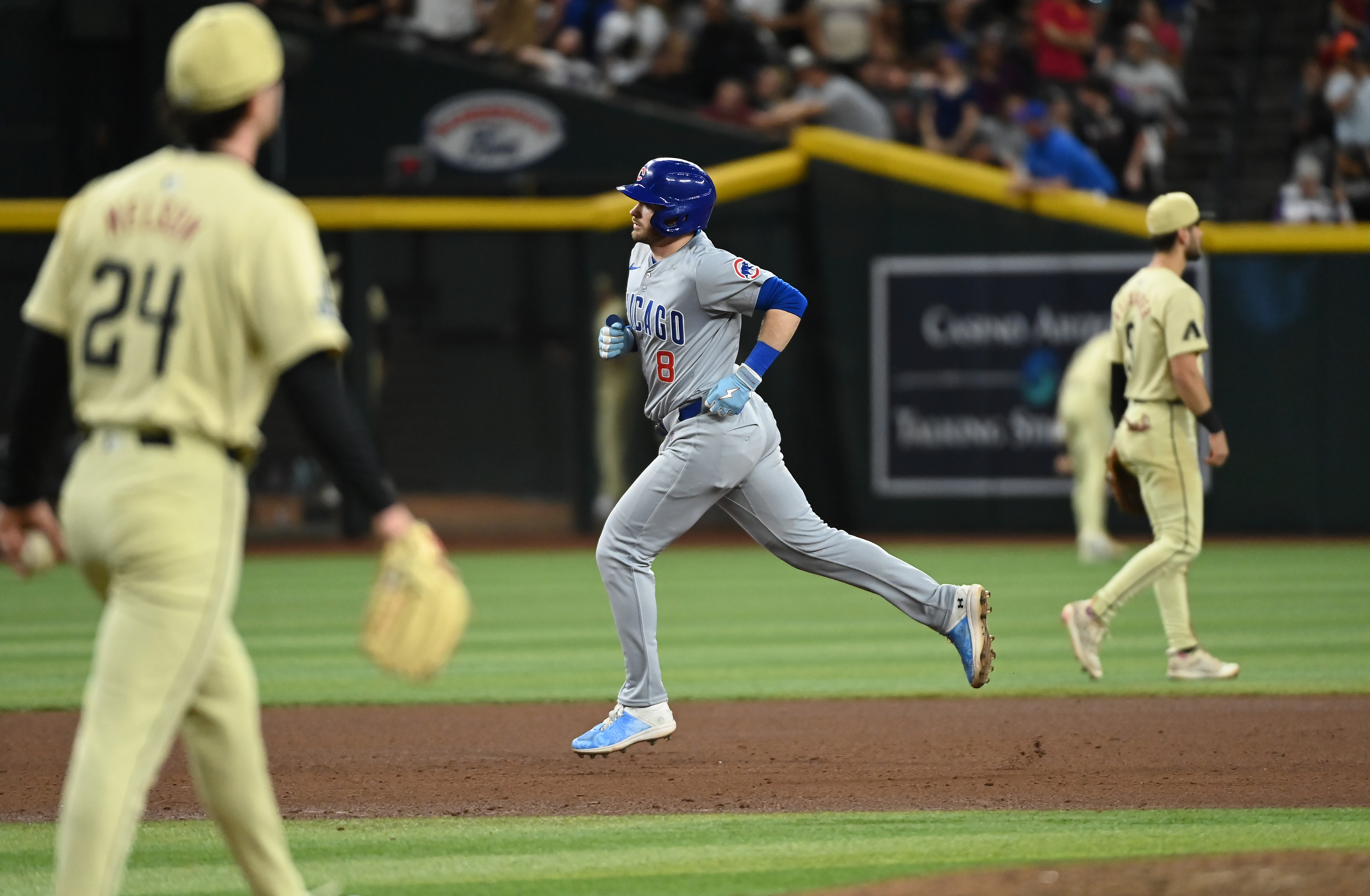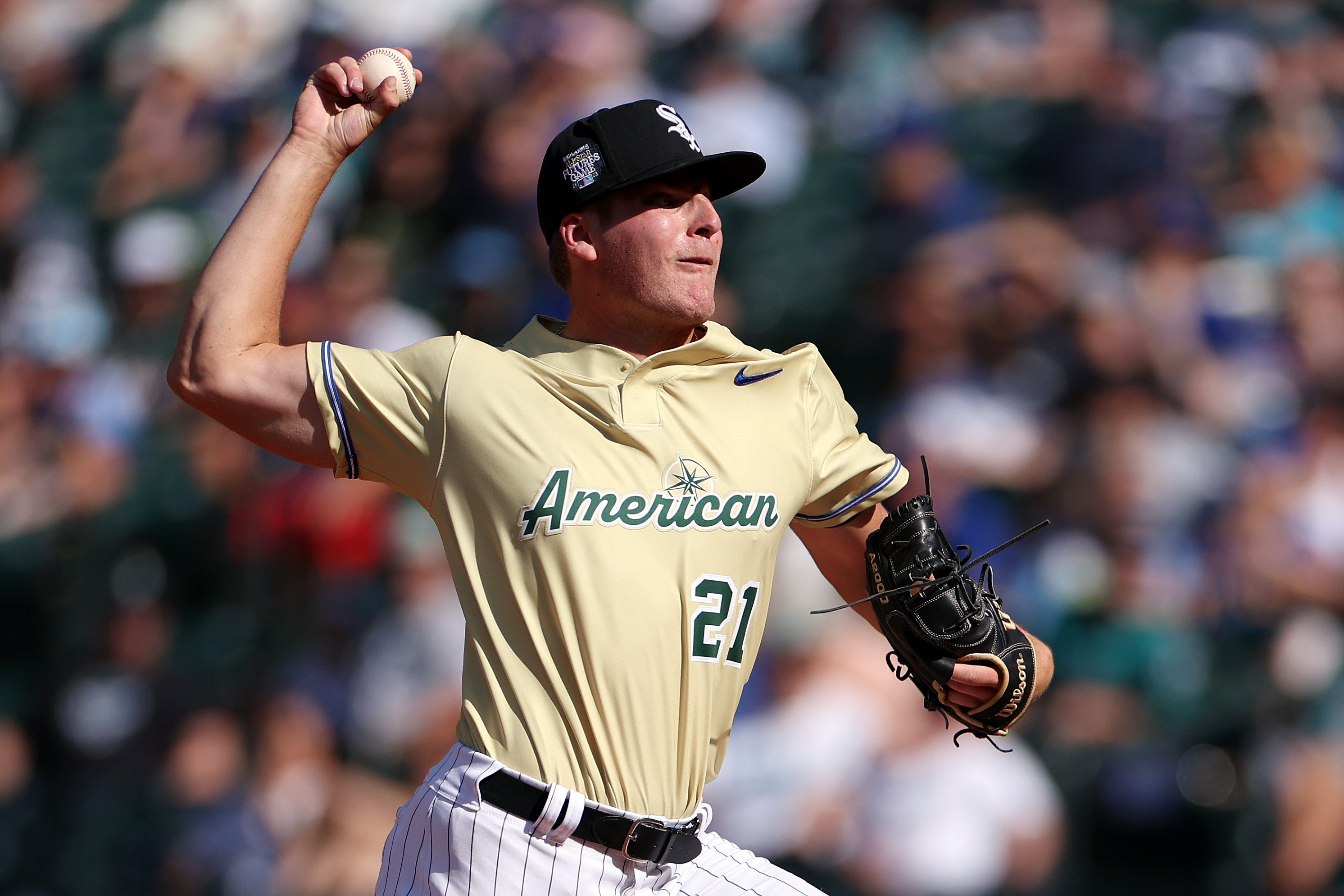
I stepped into the batter box at Sec Taylor Stadium in Des Moines, Iowa as a player with the Triple-A Iowa Cubs. I knew the guy on the mound from his name. Gregg Olson. Former legendary closer for the Baltimore Orioles who was making a late career effort to regain his form in Triple-A. I was just another minor league nameless bat trying to stop him from a successful comeback. To me, however, if I could notch another hit off of a pitcher who had been in the big leagues, I could add to my belief that I belonged in the major leagues.
But one problem. Olson was known for his gravity-defying curveball, a pitch I still did not really hit well after years of minor league experience. At least I had a strategy, I learned that most pitchers could not throw it for a strike consistently, so I would deal with the curveball when it was two strikes, otherwise, try and hit the heat early in the count.
Then the pitch came.
And what I saw, I did not understand.
It was his epic curveball. Seeming to rise up to the sky, while also falling. The spin on it made no sense based on the hundreds of professional at-bats I had under my belt. I had never seen anything like it. I was both diving out of the way spiritually because it looked like it should hit me, while also being physically frozen in place after seeing it take a sharp dive toward the earth.
I don’t recall if it was a ball or a strike, because it was both. I was fooled so badly, that it deserved a strike call, but it also deserved to be called a ball because it had to be illegal in the continental United States.
Eventually, I would find myself in the dugout, teleported an hour later and realizing one clear truth.
MLB
“I could not hit that pitch, even if I knew it was coming.”
Pretty scary realization after four years in the minors and a successful Arizona Fall League performance, not to mention the chill down my spine that every major league pitcher may have this kind of pitch in their arsenal.
It was when I shared this concern with my Triple-A hitting coach, Glenn Adams, that he let me off the hook.
Adams told me, and I paraphrase “I was waiting for this moment. With your approach, you will have trouble hitting a good curveball, so let’s revamp your stance and swing. I am going to give you a boring, basic, every day major league stance and go from there.”
So, four-plus years into my professional career and decades of baseball at bats under my belt, I had to start over.
Adams warned me that it will feel weird and uncomfortable for a while, but we hit in the batting cage over and over again to work on the new me. The big change was that I used to hit with my left elbow high in the air, kind of like Mo Vaughn. I was leaning far back, shoulders tilted with the front one up to the sky. I looked like Dracula hiding behind his cape, there were times my eyes were blocked by my front elbow. So he leveled me off and got to work.
This is similar to what Kris Bryant has been facing. He has revamped his swing, probably around the same age when I had to change mine. Yet part of professional growth is recognizing when you have to make a change, even when you know it will be awkward. It can go against years, even decades of success, especially when all of your life you were best and could instinctively stay one step ahead of the opposition. In those cases, they always had to adjust to you. Life in the pros requires confidence, but also self-awareness and humility.
The self-awareness comes from the constant adaptations you make to address your opponent. The cat and mouse game that comes at you, not just every day, but every pitch. Then you must know the difference between a slump and an overall approach that is simply not going to work. Most players never really figure that out.
The humility comes from being open to improvement and input. I could have ignored Glenn Adams, but literally one pitch changed my career. One pitch and I knew, even after being a first round pick, that I would have a lot of trouble with that one pitch. It did not matter that I later found out that only a handful of major leagues had that kind of curveball, I just needed to shake complacency out of my system forever.
So Cal Ripken Jr (known for changing his stance between at-bats) and a whole host of major league hitters, made adjustments on a daily basis. You keep the core of yourself, but adapt to changing circumstances. That is the heart of staying on top for a long time.
These changes come by feedback from the game, but in Bryant’s case, it was due to health.
The old adage that players joke about goes like this
“The only time you are 100 percent healthy is on the first day of spring training.”
Beyond strategy reasons, players that play long enough are always learning how to make adjustments because of what their body is telling them. I had a few MRIs in season, so each one led to a different approach. I dove on the Pittsburgh astroturf and a tetanus shot later and a blister the size of my palm, I had to change how I held the bat. I had a weird shoulder stinger plague me most of my career that began in my first year of the minor leagues which changed my follow-through. One hit by pitch, one sprained ankle, one bone bruise, and your game must adapt. Not to mention the mental and emotional side of the game that can flip over everything in a heartbeat.
As long as his body cooperates, Kris Bryant will be fine because he is a hard worker who does not let complacency sneak in. This kind of player has always made adjustments even when he was dominant. He does not give an inch in his relentless effort to stay an inch ahead. He worked hard after his first year to be more productive when he hit the ball to RF. This is Kris Bryant.
It also is a big part of what it takes to go next level...
The off-season after Olson practically broke my back with his curveball, I would work with Tom Gamboa and a curveball machine, morning after morning in instructional league in Arizona. Breaking off the nastiest curveball in the toughest spot until I could rifle it into right field. Then years later, in my best season in 1999, I would face the invincible Pedro Martinez (and his banana-world curveball) in Fenway with the bases loaded. He threw a curveball and I hit just enough of it (broke my bat) for a base hit up the middle to drive in two runs. Now I did not hit it that hard, it was not a storybook grand slam, but it was just enough on a pitch that four years earlier would have caused me to dive into the dugout on a strike. He had an Olson-like curveball.
Thank you, Gregg Olson, for the pitch that changed everything, and I get the feeling that Kris Bryant may find the silver lining of having a bad shoulder. A return from injury after all of the work to get back on the field, helps you appreciate the gift of being able to play this game. There is nothing more gut-wrenching when it is taken away from you in a manner that is totally out of your control. The moment when a player will know that the invincibility of youth no longer applies and the fork in the road become evident.
Make an adjustment or the game will pass you by.


